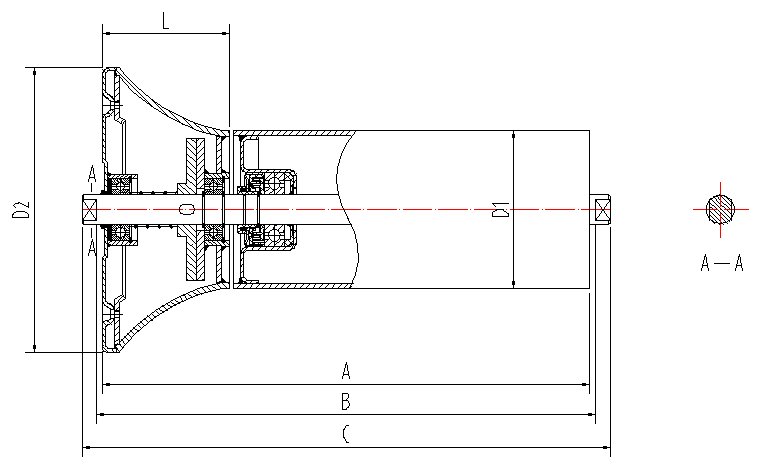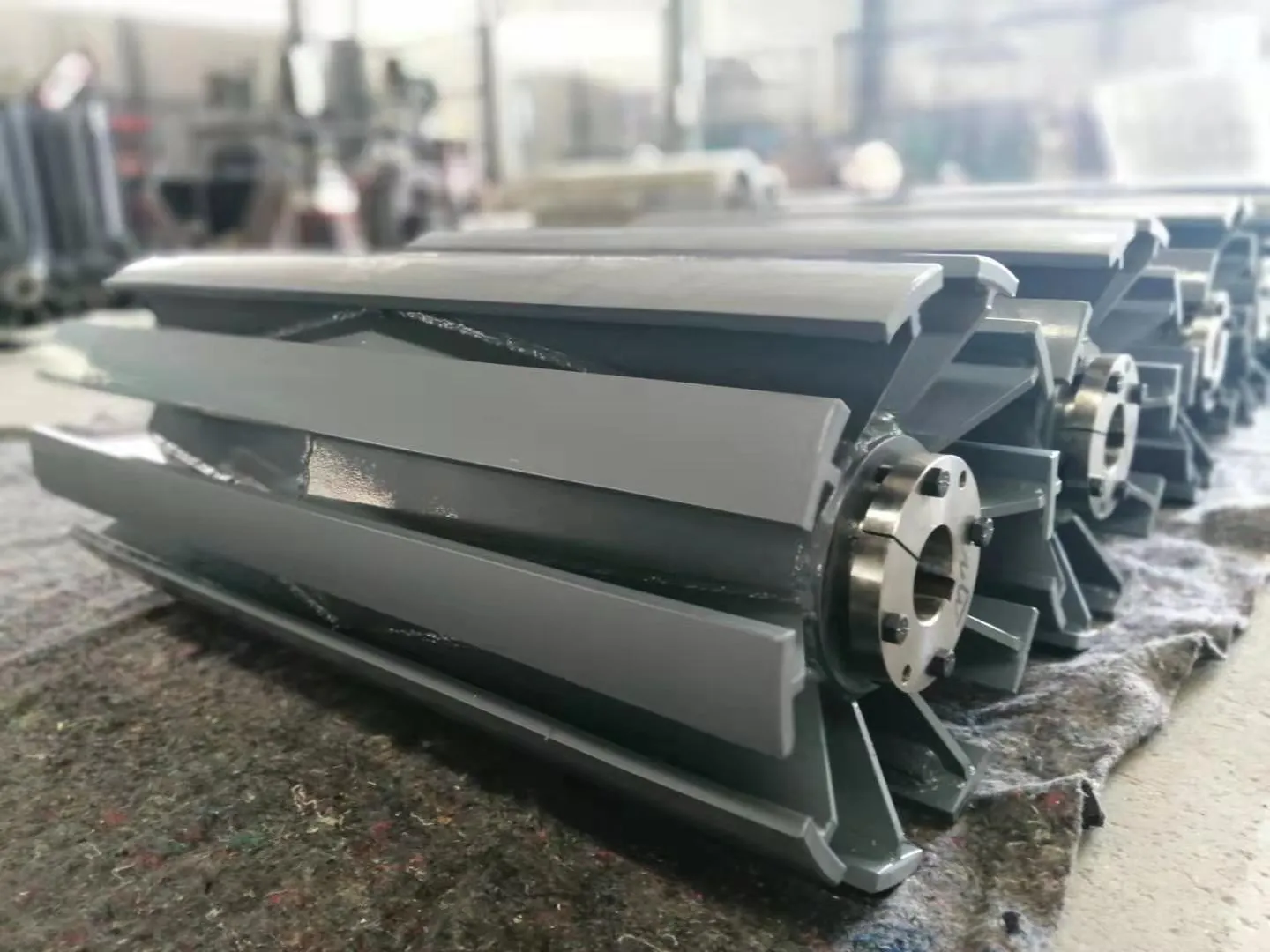 Afrikaans
Afrikaans  Albanian
Albanian  Amharic
Amharic  Arabic
Arabic  Armenian
Armenian  Azerbaijani
Azerbaijani  Basque
Basque  Belarusian
Belarusian  Bengali
Bengali  Bosnian
Bosnian  Bulgarian
Bulgarian  Catalan
Catalan  Cebuano
Cebuano  Corsican
Corsican  Croatian
Croatian  Czech
Czech  Danish
Danish  Dutch
Dutch  English
English  Esperanto
Esperanto  Estonian
Estonian  Finnish
Finnish  French
French  Frisian
Frisian  Galician
Galician  Georgian
Georgian  German
German  Greek
Greek  Gujarati
Gujarati  Haitian Creole
Haitian Creole  hausa
hausa  hawaiian
hawaiian  Hebrew
Hebrew  Hindi
Hindi  Miao
Miao  Hungarian
Hungarian  Icelandic
Icelandic  igbo
igbo  Indonesian
Indonesian  irish
irish  Italian
Italian  Japanese
Japanese  Javanese
Javanese  Kannada
Kannada  kazakh
kazakh  Khmer
Khmer  Rwandese
Rwandese  Korean
Korean  Kurdish
Kurdish  Kyrgyz
Kyrgyz  Lao
Lao  Latin
Latin  Latvian
Latvian  Lithuanian
Lithuanian  Luxembourgish
Luxembourgish  Macedonian
Macedonian  Malgashi
Malgashi  Malay
Malay  Malayalam
Malayalam  Maltese
Maltese  Maori
Maori  Marathi
Marathi  Mongolian
Mongolian  Myanmar
Myanmar  Nepali
Nepali  Norwegian
Norwegian  Norwegian
Norwegian  Occitan
Occitan  Pashto
Pashto  Persian
Persian  Polish
Polish  Portuguese
Portuguese  Punjabi
Punjabi  Romanian
Romanian  Russian
Russian  Samoan
Samoan  Scottish Gaelic
Scottish Gaelic  Serbian
Serbian  Sesotho
Sesotho  Shona
Shona  Sindhi
Sindhi  Sinhala
Sinhala  Slovak
Slovak  Slovenian
Slovenian  Somali
Somali  Spanish
Spanish  Sundanese
Sundanese  Swahili
Swahili  Swedish
Swedish  Tagalog
Tagalog  Tajik
Tajik  Tamil
Tamil  Tatar
Tatar  Telugu
Telugu  Thai
Thai  Turkish
Turkish  Turkmen
Turkmen  Ukrainian
Ukrainian  Urdu
Urdu  Uighur
Uighur  Uzbek
Uzbek  Vietnamese
Vietnamese  Welsh
Welsh  Bantu
Bantu  Yiddish
Yiddish  Yoruba
Yoruba  Zulu
Zulu Jan . 14, 2025 10:23
Back to list
Slagging Pulley(Heavy Duty)
In the fast-evolving world of industrial conveyor systems, ensuring efficient operation is paramount. One crucial component in this system is the conveyor pulley lagging. A specialized booklet overlay applied to the shell of a conveyor pulley, lagging is designed to enhance frictional contact between the pulley and the conveyor belt. This optimized friction is essential, preventing belt slippage and increasing traction, leading to improved energy efficiency and lifespan of the conveyor system.
Trust and reliability in conveyor pulley lagging are built over time, established through consistent performance and adherence to industry standards. Reputable manufacturers uphold rigorous quality control measures, providing warranties that affirm their confidence in the durability of their products. Businesses are encouraged to partner with established suppliers who can offer not just quality products but also technical support throughout the lifespan of the conveyor systems. The marketplace for conveyor pulley lagging continues to innovate, driven by an ever-present demand for higher efficiency and lower maintenance costs. Emerging innovations include hybrid materials that combine the elasticity of rubber with the resilience of ceramics or polyurethane, leading to even longer-lasting lagging solutions. Additionally, modern developments in adhesive technologies promise easier installations and enhanced bonding strength, reducing the likelihood of detachment over time. In conclusion, the domain of conveyor pulley lagging is characterized by evolving technologies and material advancements that cater to a wide range of industrial needs. As these innovations progress, leveraging the expertise of professionals in selecting, installing, and maintaining these systems becomes increasingly vital. Only through such an integrative approach—combining material knowledge, design precision, and reliable partnerships—can industries truly capitalize on the full potential of their conveyor systems.


Trust and reliability in conveyor pulley lagging are built over time, established through consistent performance and adherence to industry standards. Reputable manufacturers uphold rigorous quality control measures, providing warranties that affirm their confidence in the durability of their products. Businesses are encouraged to partner with established suppliers who can offer not just quality products but also technical support throughout the lifespan of the conveyor systems. The marketplace for conveyor pulley lagging continues to innovate, driven by an ever-present demand for higher efficiency and lower maintenance costs. Emerging innovations include hybrid materials that combine the elasticity of rubber with the resilience of ceramics or polyurethane, leading to even longer-lasting lagging solutions. Additionally, modern developments in adhesive technologies promise easier installations and enhanced bonding strength, reducing the likelihood of detachment over time. In conclusion, the domain of conveyor pulley lagging is characterized by evolving technologies and material advancements that cater to a wide range of industrial needs. As these innovations progress, leveraging the expertise of professionals in selecting, installing, and maintaining these systems becomes increasingly vital. Only through such an integrative approach—combining material knowledge, design precision, and reliable partnerships—can industries truly capitalize on the full potential of their conveyor systems.
Latest news
-
Revolutionizing Conveyor Reliability with Advanced Rubber Lagging PulleysNewsJul.22,2025
-
Powering Precision and Durability with Expert Manufacturers of Conveyor ComponentsNewsJul.22,2025
-
Optimizing Conveyor Systems with Advanced Conveyor AccessoriesNewsJul.22,2025
-
Maximize Conveyor Efficiency with Quality Conveyor Idler PulleysNewsJul.22,2025
-
Future-Proof Your Conveyor System with High-Performance Polyurethane RollerNewsJul.22,2025
-
Driving Efficiency Forward with Quality Idlers and RollersNewsJul.22,2025
OUR PRODUCTS





























